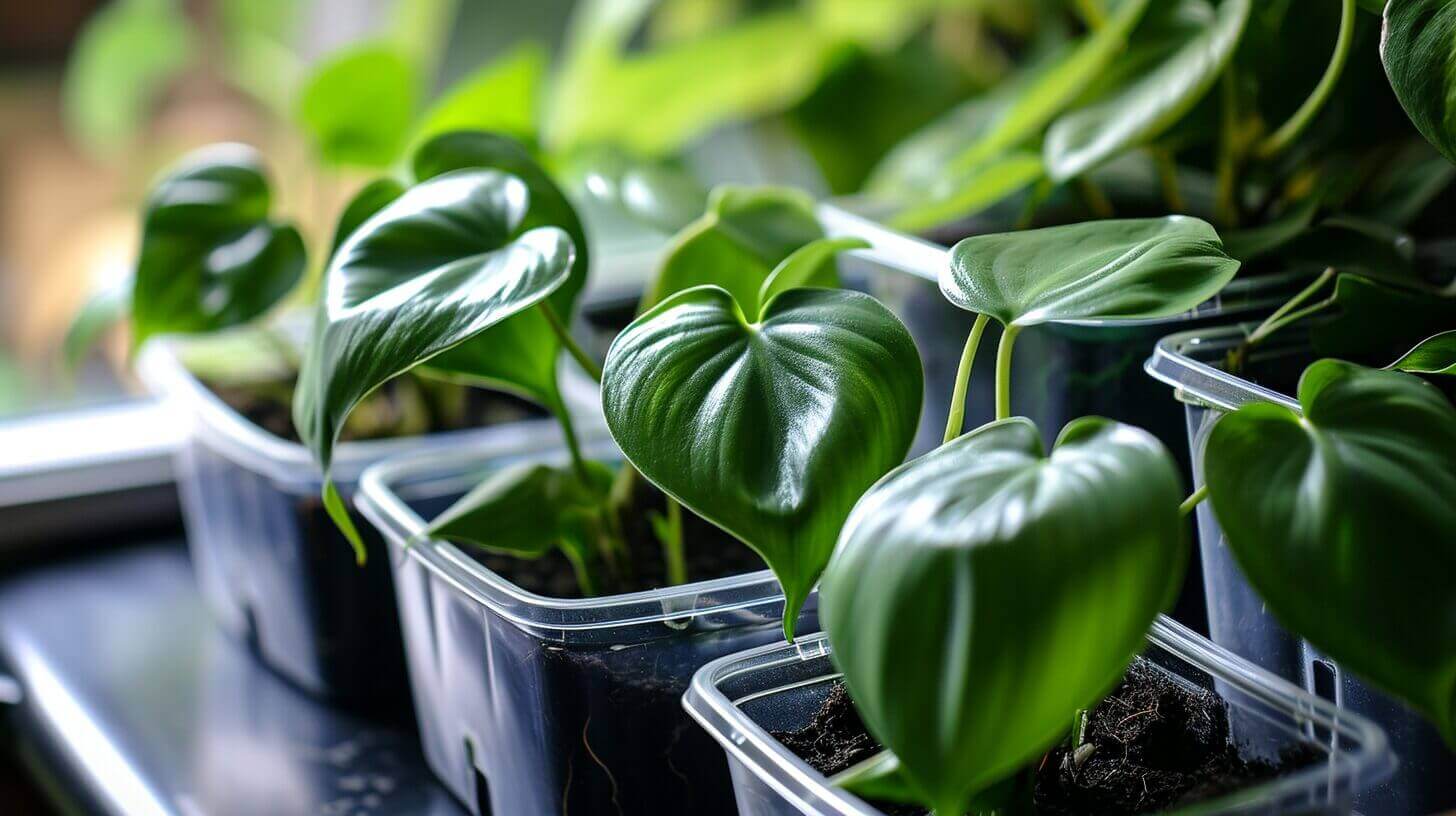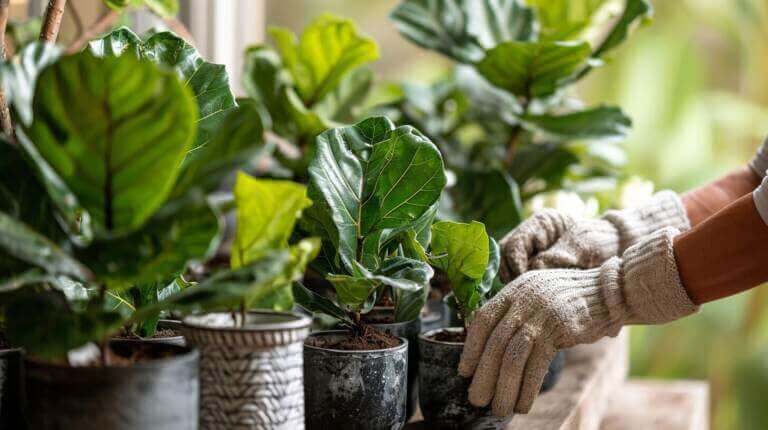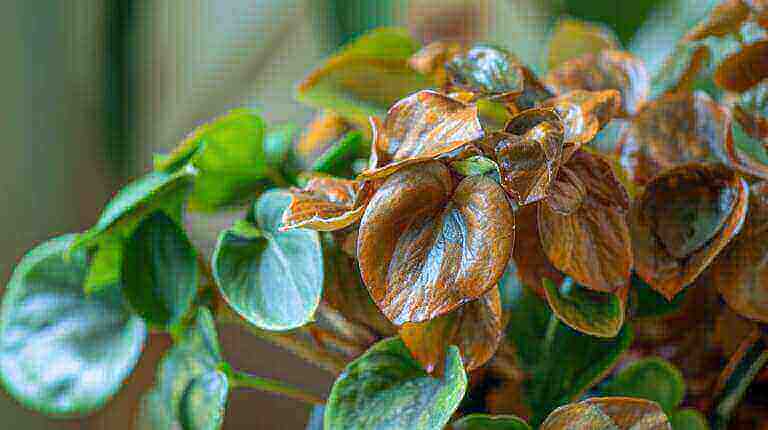How to Propagate a Heartleaf Philodendron: A Step-by-Step Guide For Heart Leaf Philodendron Propagation
Imagine transforming a single heartleaf philodendron into a lush indoor jungle. With our step-by-step guide, you’ll learn the art of propagation, unlocking a world of possibilities for plant enthusiasts.
From selecting a healthy cutting to creating the ideal propagation environment, we’ll walk you through each meticulous step.
Explore the rewarding process of caring for your propagated cutting and witness the joy as you transfer it to its new pot.
Get ready to embark on a journey of growth and freedom with your heartleaf philodendron.
Key Takeaways
- Select a healthy and well-established stem with vibrant green leaves and a sturdy structure.
- Prepare the cutting by removing excess leaves, trimming the stem just below a node, and ensuring it is around 4-6 inches in length.
- Create an ideal propagation environment by providing high humidity, propagating in water or well-draining soil, and maintaining a warm and humid environment.
- Care for the propagated cutting by watering it when the top inch of soil feels dry, avoiding direct sunlight, refraining from excessive fertilizer use, and regularly inspecting for pests or diseases.
Selecting a Healthy Cutting
When selecting a cutting for propagation, it is crucial to choose a healthy and well-established heartleaf philodendron stem. A healthy stem will have vibrant green leaves and a sturdy structure. It is important to inspect the stem for any signs of disease or pests, as these can negatively affect the success of propagation.
In addition to choosing a healthy cutting, it is also important to consider the use of suitable rooting hormones. These hormones can stimulate root growth and increase the chances of successful propagation.
Understanding the optimal time for taking cuttings is also key. The best time to take cuttings is during the plant’s active growth period, typically in the spring or summer. Taking cuttings during this time ensures that the plant is in its most robust state, increasing the chances of successful propagation.
Preparing the Cutting for Propagation
To ensure successful propagation, it is important to prepare the cutting by removing any excess leaves and trimming the stem to a suitable length. Here are three key steps to follow when preparing the cutting for propagation:
- Remove excess leaves: Trim away any leaves that are located towards the bottom of the cutting. This will help redirect the plant’s energy towards root development rather than maintaining unnecessary foliage.
- Trim the stem: Cut the stem just below a node, which is where new roots will form. Ensure that the cutting is around 4-6 inches in length, as this is the ideal size for successful propagation.
- Water the cutting: After preparing the cutting, gently dip the bottom end in a glass of water or a rooting hormone solution to encourage root growth. Keep the cutting in a well-lit area, but avoid direct sunlight, as this can cause stress to the plant.
Creating the Ideal Propagation Environment
In order to maximize the chances of successful propagation, it is essential to create an ideal environment that promotes root growth and overall plant health.
Heartleaf Philodendrons thrive in high humidity, so it is important to provide the right level of moisture for the cuttings.
One option is to propagate the cuttings in water. Simply place the cuttings in a jar filled with water, making sure that the nodes are submerged. Change the water regularly to prevent the growth of bacteria.
Another option is to propagate the cuttings directly in soil. Use a well-draining potting mix and ensure that the soil is consistently moist, but not overly saturated.
Whichever method you choose, maintaining a warm and humid environment will encourage the development of healthy roots. Consider using a humidity dome or placing the cuttings in a warm and well-lit area.
Caring for the Propagated Cutting
Carefully tending to the propagated cutting is crucial for ensuring its successful growth and establishment as a new, independent plant. To care for the propagated cutting, follow these tips:
- Watering frequency for propagated cuttings: It is important to keep the soil moist but not overly saturated. Water the cutting when the top inch of soil feels dry to the touch. Avoid overwatering, as this can lead to root rot and other problems.
- Common mistakes to avoid when caring for propagated cuttings: First, avoid placing the cutting in direct sunlight, as it can scorch the delicate leaves. Second, refrain from using excessive amounts of fertilizer, as this can burn the young roots. Finally, do not neglect regular inspections for pests or diseases.
Taking proper care of the propagated cutting will provide it with the best chance of thriving. Once the cutting has rooted successfully, it can be transferred to a pot for further growth and development.
Transferring the Rooted Cutting to a Pot
The successful transfer of the rooted cutting to a pot requires proper preparation and attention to detail. To ensure a smooth transition, it is important to follow the recommended transferring techniques and potting process.
Start by selecting a pot that is slightly larger than the root ball of the cutting, allowing room for growth. Fill the pot with a well-draining potting mix, ensuring that it is evenly distributed.
Create a small hole in the center of the potting mix and gently place the rooted cutting into it. Carefully backfill the hole with more potting mix, ensuring that the roots are adequately covered. Gently press the soil around the cutting to secure it in place.
Finally, water the pot thoroughly to settle the soil and provide hydration to the newly transferred cutting.
Frequently Asked Questions
Can the Same Propagation Techniques Be Applied to Split Leaf Philodendron and Heartleaf Philodendron?
When it comes to propagating plants, knowing the right techniques is essential. However, split leaf philodendron and heartleaf philodendron differ in their propagation methods. While the keyword how to propagate split leaf philodendron specifically addresses one variety, the techniques mentioned may not apply to heartleaf philodendron. It’s important to research and understand the specific propagation methods for each plant.
Can the Same Method for Propagating a Heartleaf Philodendron be Used for Other Philodendron Varieties?
The propagation process in water is commonly used for heartleaf Philodendrons, but can it be applied to other Philodendron varieties? While some Philodendrons, like the P. gloriosum, can be propagated in water, others such as the tree Philodendron (P. bipinnatifidum) prefer soil propagation. It’s important to research and understand the specific needs of each Philodendron variety before attempting propagation.
Is Philodendron Drooping a Sign of Propagation Failure?
Is your philodendron drooping? Don’t panic just yet, as drooping leaves may not necessarily indicate a propagation failure. However, if you are concerned about its health, learning how to revive drooping philodendron leaves can be useful. Factors like overwatering or underwatering, inadequate light, or improper potting can contribute to leaf drooping. By addressing these issues and providing proper care, you can revive your philodendron and restore its vibrant foliage.
Is Philodendron Drooping a Sign of Propagation Failure?
Is your philodendron drooping? Don’t panic just yet, as drooping leaves may not necessarily indicate a propagation failure. However, if you are concerned about its health, learning how to revive drooping philodendron leaves can be useful. Factors like overwatering or underwatering, inadequate light, or improper potting can contribute to leaf drooping. By addressing these issues and providing proper care, you can revive your philodendron and restore its vibrant foliage.
What Type of Fertilizer Should I Use When Propagating a Heartleaf Philodendron?
When propagating a Heartleaf Philodendron, it’s crucial to choose the right fertilizer. Finding the optimal fertilization frequency for philodendron is essential for successful growth. Using a well-balanced fertilizer with a high phosphorus ratio and micronutrients will aid in root development and overall plant health. Remember, the key is to strike a balance, avoiding over-fertilization that could harm the plant.
Are the Care Tips for Philodendron Plants the Same When Propagating a Heartleaf Philodendron?
When propagating a Heartleaf Philodendron, the care tips remain the same for maintaining healthy indoor philodendrons. Proper watering, adequate light, and well-draining soil are crucial. To propagate, take stem cuttings with at least two leaves and place them in water or moist soil. Regularly misting the leaves to increase humidity can also aid in successful propagation.
What Type of Fertilizer Should I Use When Propagating a Heartleaf Philodendron?
When propagating a Heartleaf Philodendron, it’s crucial to choose the right fertilizer. Finding the optimal fertilization frequency for philodendron is essential for successful growth. Using a well-balanced fertilizer with a high phosphorus ratio and micronutrients will aid in root development and overall plant health. Remember, the key is to strike a balance, avoiding over-fertilization that could harm the plant.
How Long Does It Take for a Heartleaf Philodendron Cutting to Root?
When propagating a heartleaf philodendron, the time it takes for a cutting to root can vary. Generally, it takes around 2-6 weeks for the roots to develop.
To care for a newly rooted heartleaf philodendron cutting, provide it with bright, indirect light, regular watering, and well-draining soil.
Common problems when propagating include overwatering, which can lead to root rot, and inadequate lighting, which can hinder root development.
Regular monitoring and proper care will ensure successful propagation.
Can I Propagate a Heartleaf Philodendron From a Leaf Instead of a Stem Cutting?
Propagating a heartleaf philodendron from a leaf is indeed an alternative method of propagation. While stem cuttings are the most common way to propagate this plant, using a leaf can be an effective method as well.
By carefully removing a leaf from the parent plant and placing it in moist soil or water, roots can develop, leading to a new plant.
This method requires patience, as it may take several weeks or even months for the leaf to root and produce a new plant.
Can I Use Tap Water to Mist the Cutting During Propagation?
Using tap water for misting during propagation is a common practice for many gardeners. Tap water is readily available and easy to use. However, it is important to note that tap water may contain chemicals and minerals that could potentially harm the cutting.
As an alternative, distilled or filtered water can be used to ensure the cutting’s health and prevent any potential issues. It is always advisable to provide the best possible conditions for successful propagation.
How Often Should I Fertilize the Propagated Cutting?
When it comes to fertilizing a propagated cutting, it is important to establish a regular fertilizing schedule to promote healthy growth.
The frequency of fertilization will depend on the type of fertilizer used, as different fertilizers have varying application rates.
It is recommended to use a balanced, water-soluble fertilizer specifically formulated for houseplants.
Following the instructions on the fertilizer packaging will ensure that the propagated cutting receives the necessary nutrients for optimal development.
What Is the Best Time of Year to Propagate a Heartleaf Philodendron?
When considering the best time of year to propagate a heartleaf philodendron, it is important to take into account the natural growth cycle of the plant.
Ideally, propagation should be done during the plant’s active growing season, which is typically in the spring and summer months. This is when the plant is actively producing new growth and will have a higher chance of successful propagation.
However, it is also possible to propagate a heartleaf philodendron at other times of the year, as long as proper care and conditions are provided.
What is a Philodendron plant?
The Philodendron plant is a popular houseplant known for its beautiful leaves. It’s a tropical plant that thrives indoors and is easy to propagate.
How do you propagate a Philodendron?
To propagate a Philodendron, make a clean cut below a leaf node, which is about an inch long. You can then place the cutting in water or soil to grow roots.
What is the best method to prune a Philodendron?
Pruning your Philodendron involves making clean cuts at the leaf nodes of the vine. This helps the plant grow and promotes successful propagation.
How do you care for a Heartleaf Philodendron?
Heartleaf Philodendron care involves placing the plant in indirect sunlight, using well-draining potting soil, and watering it when the top inch of soil feels dry.
Can you propagate a Heartleaf Philodendron in water?
Yes, you can propagate a Heartleaf Philodendron in water. After making a clean cut at a leaf node, place the cutting in water until roots develop.
What are some propagation methods for Philodendrons?
The most common propagation methods for Philodendrons involve using either water or soil. Both methods require a cutting from the mother plant.
How do you propagate your Philodendron in soil?
To propagate your Philodendron in soil, take a cutting from the mother plant and place it in potting soil. Keep the soil moist until roots develop.
What are some types of Philodendrons?
There are many types of Philodendrons, including the Heartleaf Philodendron (Philodendron hederaceum), Leaf Philodendron, and Vine Philodendrons.
How do you care for a new Philodendron?
Caring for a new Philodendron involves providing indirect sunlight, regular watering, and maintaining an indoor temperature suitable for this tropical plant.
When is the best time to propagate a Heartleaf Philodendron?
The best time to propagate a Heartleaf Philodendron is during its growing season, which is typically in the spring and summer months.
How long does it take for a Heartleaf Philodendron to grow roots in water?
A Heartleaf Philodendron cutting can start to grow roots in water within 1-2 weeks. However, it may take several weeks for a robust root system to develop.
Why are the leaves on my Heartleaf Philodendron turning yellow?
Yellow leaves on your Heartleaf Philodendron could be due to overwatering or lack of nutrients. It’s important to ensure your plant is receiving proper care.







